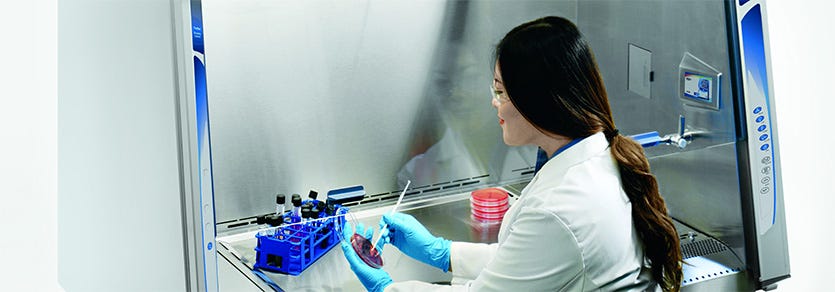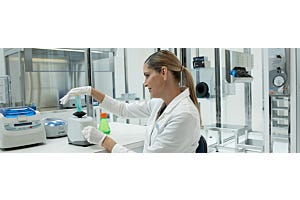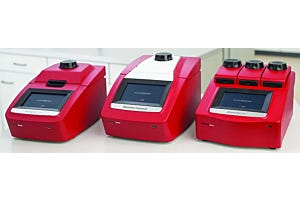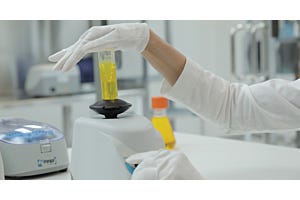Biological safety Levels (BSLs) are prescribed by the CDC (Centers for Disease Control and Prevention) to inhibit contamination of a work environment and ensure worker safety by outlining operating procedures and atmospheric controls. If you’ve read the BSL guidance document, you may have found the infection-rate distinctions and cabinet classes hard to conceptualize. Here, we summarize section IV of the Biosafety in Microbiological and Biomedical Laboratories, 5th Edition.
- (714) 578-6016
Mon-Fri, 7am - 6pm PST







